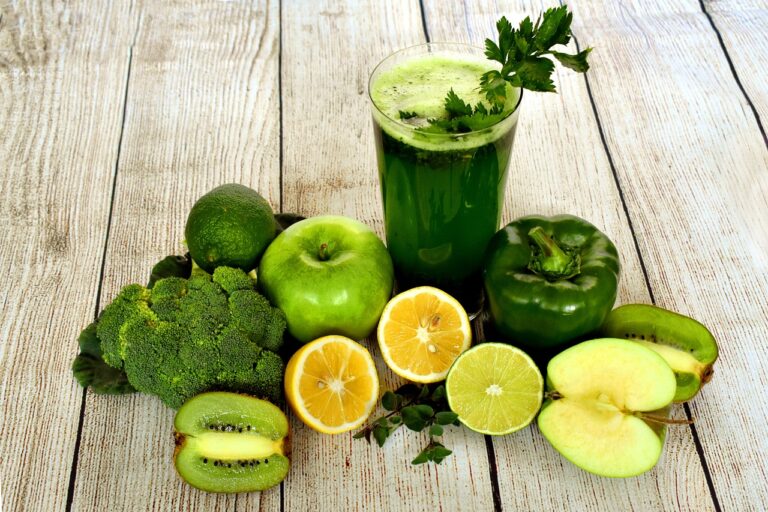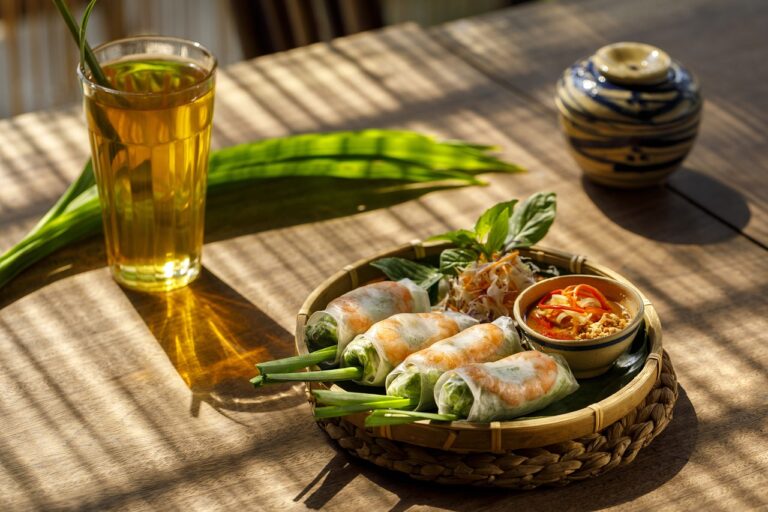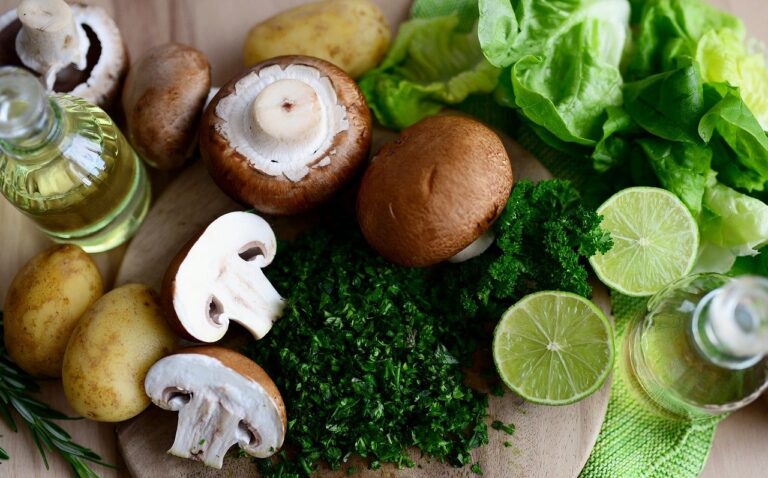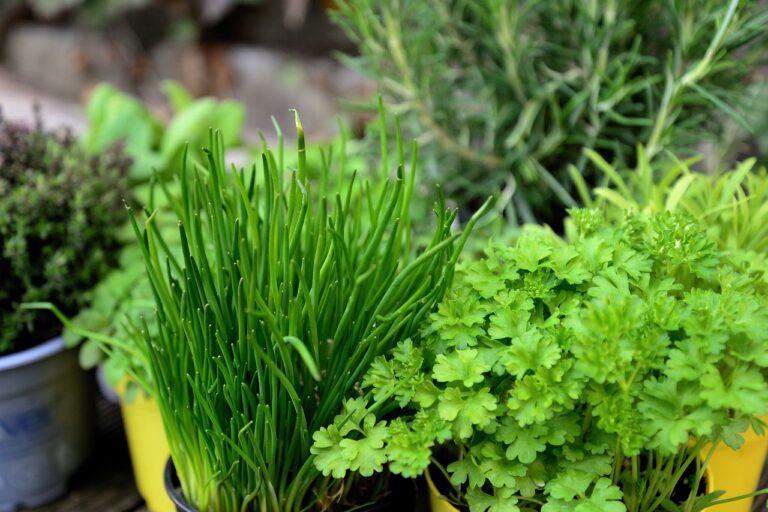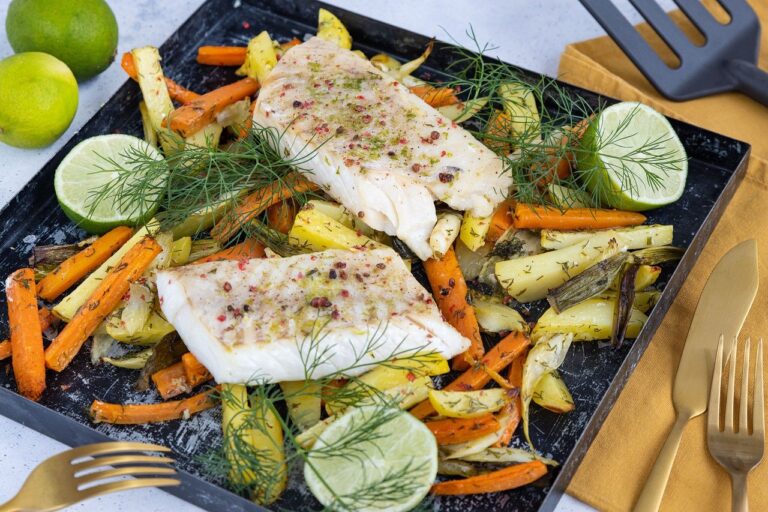How to Pair Wine with Food: A Comprehensive Guide to Perfect Pairings
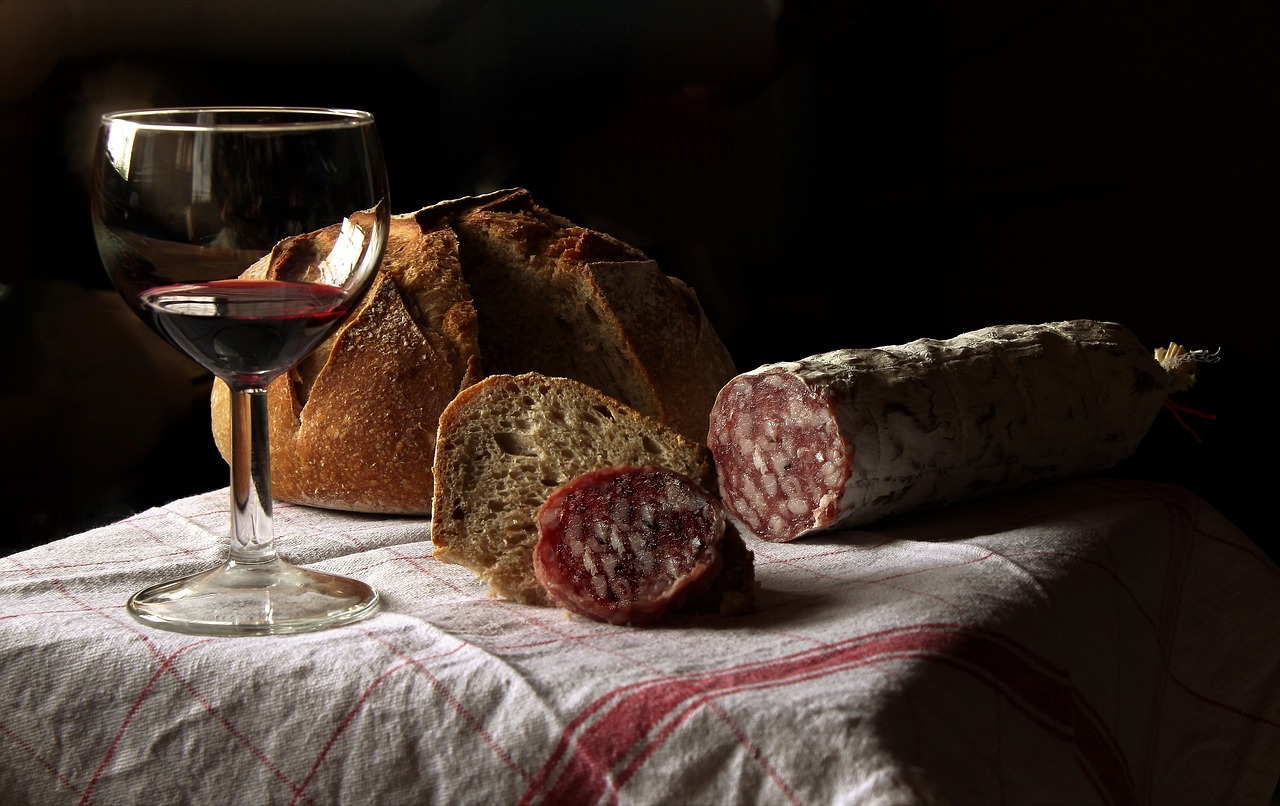
Pairing wine with food is both an art and a science. The goal is to enhance the dining experience by selecting a wine that complements and elevates the flavors of the dish. Whether you’re a wine enthusiast or a novice, understanding the basics of wine and food pairing can help you create memorable meals. Here’s a comprehensive guide on how to pair wine with food:
1. Understand the Basics of Wine Pairing
Before diving into specific pairings, it’s important to grasp some fundamental principles that guide wine and food pairing:
- Balance Intensity: Match the weight and intensity of the wine with the dish. Light wines pair well with lighter dishes, while full-bodied wines complement richer, heavier dishes.
- Complement or Contrast Flavors: You can either complement the flavors of the food with similar notes in the wine or create contrast by pairing opposites. For example, a rich, buttery Chardonnay can complement a creamy pasta dish, while a crisp Sauvignon Blanc can contrast with and cut through the richness.
- Consider Acidity, Tannins, and Sweetness: Acidity in wine can refresh the palate and balance fatty or fried foods. Tannins in red wines pair well with proteins and fats, while sweetness in wines can balance spicy or salty dishes.
2. Pairing by Wine Type
White Wine
- Sauvignon Blanc: Known for its high acidity and citrus notes, Sauvignon Blanc pairs well with light dishes like salads, seafood, and goat cheese. Its brightness can elevate dishes with herbs and citrus.
- Try With: Grilled asparagus, fresh oysters, lemon chicken.
- Chardonnay: This versatile wine ranges from crisp and unoaked to rich and buttery. Unoaked Chardonnay pairs well with seafood and light poultry dishes, while oaked Chardonnay complements creamy or buttery dishes.
- Try With: Salmon with a butter sauce, roast chicken, lobster.
- Riesling: Riesling can be dry or sweet, with high acidity and floral aromas. Dry Riesling pairs well with spicy Asian dishes, while sweet Riesling balances salty or savory foods.
- Try With: Spicy Thai curry, pork dishes, blue cheese.
- Pinot Grigio: Light and crisp, Pinot Grigio pairs well with light seafood dishes, salads, and light pasta.
- Try With: Shrimp scampi, grilled vegetables, Caprese salad.
Red Wine
- Cabernet Sauvignon: Full-bodied with high tannins and dark fruit flavors, Cabernet Sauvignon pairs well with rich, meaty dishes that can stand up to its intensity.
- Try With: Grilled steak, lamb chops, roasted beef.
- Merlot: Merlot is smoother and medium-bodied, making it versatile with a range of dishes from tomato-based pasta to grilled meats.
- Try With: Spaghetti Bolognese, mushroom risotto, barbecue chicken.
- Pinot Noir: Light to medium-bodied with bright acidity and red fruit flavors, Pinot Noir pairs well with earthy dishes and lighter meats.
- Try With: Duck breast, roasted pork, mushroom dishes.
- Syrah/Shiraz: Full-bodied and robust, with dark fruit and spice notes, Syrah or Shiraz complements hearty, spicy, or smoky dishes.
- Try With: Beef stew, barbecue ribs, grilled sausages.
Rosé Wine
- Rosé: Light and refreshing, with a balance of acidity and fruitiness, rosé pairs well with a variety of dishes from salads to grilled meats.
- Try With: Nicoise salad, grilled shrimp, Mediterranean tapas.
Sparkling Wine
- Champagne/Sparkling Wine: The effervescence and high acidity of sparkling wines make them versatile and perfect for pairing with a wide range of dishes, including appetizers, seafood, and fried foods.
- Try With: Smoked salmon, fried chicken, caviar, vegetable tempura.
3. Pairing by Cuisine
Italian Cuisine
- Pasta with Tomato Sauce: Pair with Sangiovese or Chianti for their bright acidity and red fruit flavors that complement the acidity of the tomatoes.
- Creamy Pasta: Opt for a rich, oaked Chardonnay or a crisp Pinot Grigio to cut through the creaminess.
- Pizza: A medium-bodied red like Chianti, Barbera, or a fruity Zinfandel works well with various pizza toppings.
French Cuisine
- Coq au Vin: Pair with a red Burgundy (Pinot Noir) for its earthiness and balanced acidity.
- Beef Bourguignon: A Burgundy or Cabernet Sauvignon can complement the rich flavors of the dish.
- Quiche Lorraine: Enjoy with a light, acidic white wine like Sauvignon Blanc or a crisp Chardonnay.
Asian Cuisine
- Sushi: Complement the delicate flavors of sushi with a dry Riesling or an unoaked Chardonnay.
- Thai Curry: Balance the heat of Thai curry with an off-dry Riesling or a Gewürztraminer.
- Chinese Stir-Fry: Sauvignon Blanc or a slightly sweet Prosecco can balance the flavors and enhance the overall experience.
Mediterranean Cuisine
- Greek Salad: Pair with a crisp Assyrtiko or Sauvignon Blanc for a refreshing combination.
- Lamb Skewers: A medium-bodied red like Grenache or Merlot can complement the rich flavors of lamb.
- Tapas: Enjoy a variety of tapas with a chilled rosé or a light red wine like Tempranillo.
4. Special Considerations
- Cheese Pairing: Different cheeses pair well with specific wines. For example, a creamy Brie is excellent with Chardonnay, while a sharp Cheddar pairs well with Cabernet Sauvignon.
- Dessert Pairing: Sweet wines enhance desserts. Pair a rich chocolate cake with a Port, or enjoy a fruit tart with a late-harvest Riesling.
5. Experiment and Enjoy
Wine pairing guidelines provide a helpful starting point, but personal preferences play a significant role. Don’t hesitate to experiment with different pairings to discover what you enjoy most.
- Taste and Adjust: Try several wine and food combinations to see what works best for you. Each palate is different, and finding the ideal pairing might require some trial and error.
- Host Wine Tastings: Organize wine and food pairing nights with friends to explore various combinations. This can be fun and educational.
In conclusion, pairing wine with food is an enjoyable way to enhance your dining experience. By understanding the basics, considering wine types, cuisine, special considerations, and experimenting with different pairings, you can create memorable meals that delight the senses. Cheers to perfect pairings!

